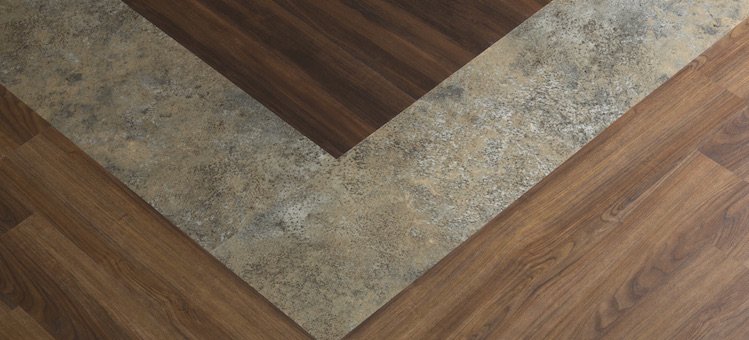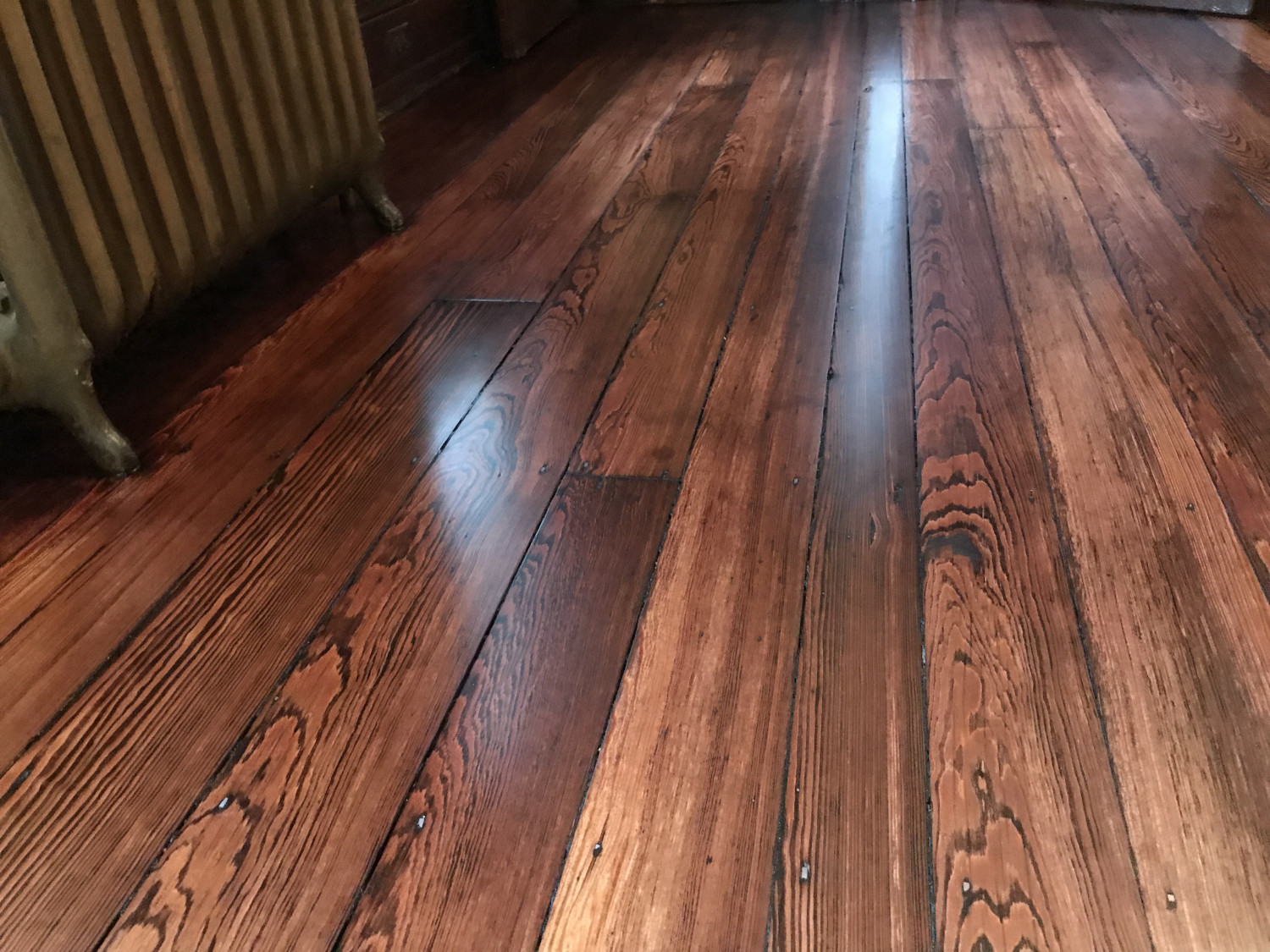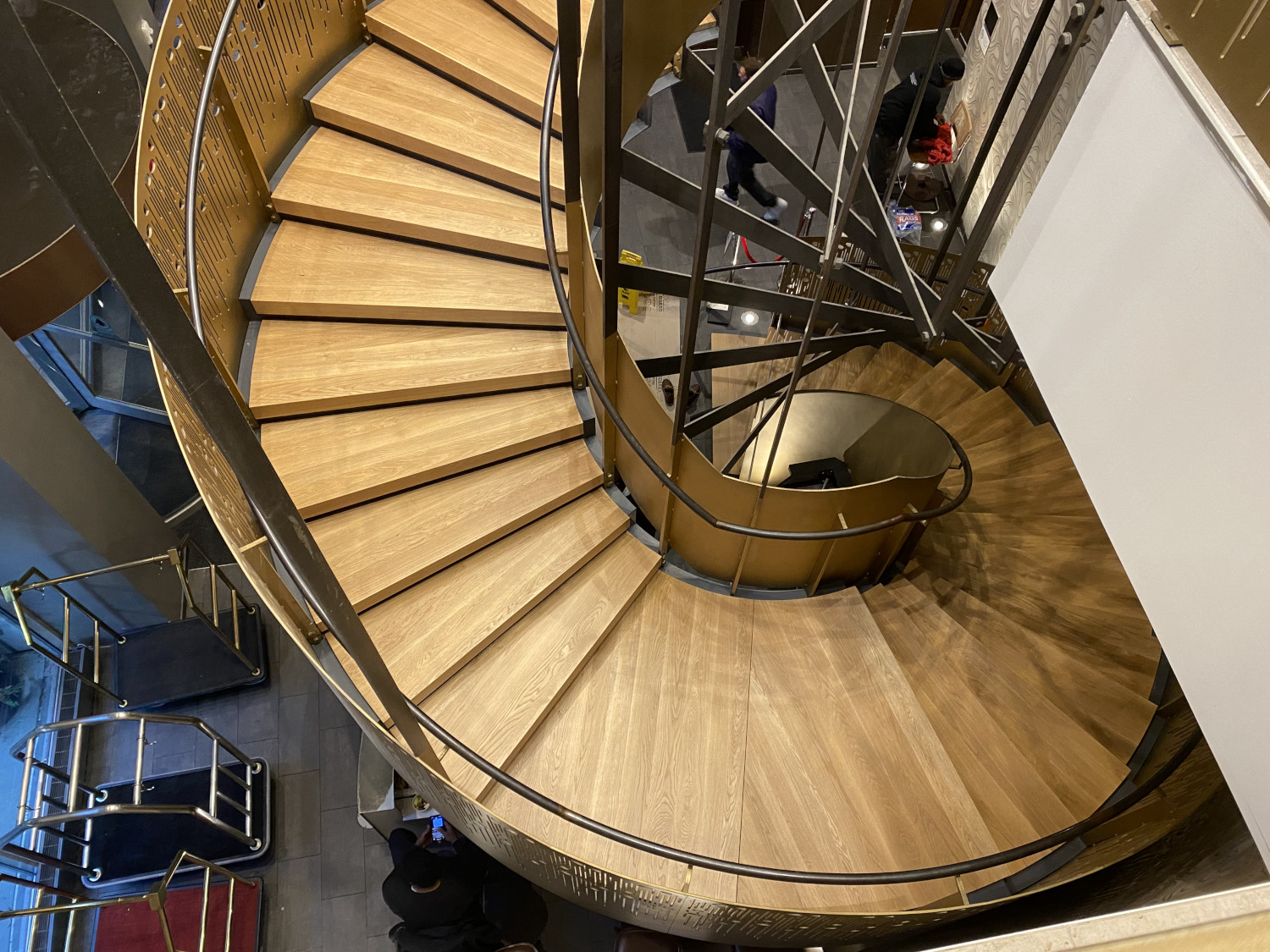The Dangers of Luxury Vinyl Tiles and Why You Should Avoid Them
The popularity and demand for luxury vinyl tile (LVT) have skyrocketed in recent years. Although LVT has been on the market for quite some time, its sudden desirability comes, in part, from its affordability, unique appearance, and ease of maintenance, particularly when compared to hardwood flooring, tile, or other flooring options. Like laminate, luxury vinyl tile is water-resistant, which has made it a popular choice for use in moisture-prone spaces, such as bathrooms, kitchens, and home gyms. LVT is also highly customizable, working with many different home decoration styles. Unfortunately, vinyl flooring products are toxic, and they pose several serious health risks that far outweigh the positive aspects of luxury vinyl tile.

What is Luxury Vinyl Tile Flooring?
Luxury vinyl tile is made up mainly of polyvinyl chloride (PVC). The US government now has regulations against the use of harmful materials in everyday items, such as BPA in bottles or lead in paint. Unfortunately, no restrictions exist regarding the use of polyvinyl chloride and other toxic chemical compounds in some flooring materials. Numerous tests have shown that Polyvinyl Chloride Flooring is harmful and that luxury vinyl is toxic, but what exactly does that mean, and how can it make your flooring dangerous?
Is Luxury Vinyl Tile Flooring Toxic and Dangerous?
Polyvinyl chloride is a known carcinogen and contains health and environmental toxins such as dioxin and phthalates. While dioxin is generally only released when exposed to heat, such as during the manufacturing process, it poses a lesser threat to you and your family’s health. However, we must not dismiss the fact that heat exposure can also come from a radiator or fireplace in your home. Even still, it poses a minimal threat. The phthalates in the flooring, on the other hand, can become a significant problem for you and your family. While many phthalates have regulations prohibiting them from being used in children’s toys and other examples, no current regulations are banning or limiting their use in vinyl flooring products.
Although the Centers for Disease Control and Presentation (CDC) reports that more than 90% of Americans already have measurable levels of phthalates in their bodies from various sources, the chemicals still pose a risk, particularly to developing children. Studies have shown that phthalates can cause severe learning and developmental disabilities in children at high levels of exposure.
Phthalates can also affect the endocrine system, causing changes in hormone cell signal pathways and disrupting reproductive health. Some phthalates are even known to be cancer-causing. Luxury vinyl flooring is known to emit these toxins. When it comes to smaller, less-ventilated areas of your home, the buildup of phthalates will be more severe due to the size of the space and the lack of ventilation.
What is Luxury Vinyl Tile made of?
Lots of luxury vinyl flooring utilizes recycled vinyl materials from older homes. While recycling and reusing materials should be encouraged, materials recycled from older homes can cause more harm than good. There is a greater risk that toxic materials exist in older homes. One good example is the use of asbestos.
Flooring materials used before the 1990s often contained asbestos. Unless you live under a rock, you know that prolonged asbestos exposure can cause mesothelioma and lung cancer. Unfortunately, products from that time are being recycled and used in new flooring products, adding additional risk to the use of luxury vinyl flooring. Several national brands have failed to take steps ensuring that their products are asbestos-free, nor have they guaranteed that their flooring does not contain phthalates.
There is no safe, environmentally-friendly way of disposing of luxury vinyl tile flooring, as it is not biodegradable. The disposal process for LVT is incredibly toxic as well. Burning luxury vinyl tile is the standard form of disposal. This process emits an incredible amount of toxins into our atmosphere.
There has not been a lot of testing or research on luxury vinyl flooring and other PVC floor products. Therefore, it is hard to say just how toxic these materials are and the short and long-term effects on humans who experience long-term exposure. However, enough information is available to know that these products should be a cause for concern.

So is Luxury Vinyl Tile Worth it For Your Home?
While luxury vinyl flooring may seem like an attractive option, particularly to homeowners unaware of the possible health hazards, there are other downsides to the product.
While LVT flooring is best known for its water resistance, which most users point to as its most redeeming quality, its photographic layer can easily scratch. Once scratched, LVT flooring cannot be buffed out the way that a hardwood floor sanding and refinishing can do. Damaged flooring pieces will require replacement.
Vinyl flooring is also susceptible to heat damage from sun exposure. Sections of the flooring exposed to sunlight throughout the day will warp the product and start to buckle at the seams between boards. These issues are well-documented by luxury vinyl flooring users and are often not worth the headache of having to replace entire sections of your flooring constantly.
With the adverse health and environmental effects of luxury vinyl flooring products and demanding upkeep, LVT flooring is not worth the cost savings.
Hardwood Flooring is More Environmentally Friendly than LVT
Hardwood flooring comes from trees, so it effectively comes from the same natural resources we want to protect. Some customers are drawn to LVT flooring, believing that manufactured products are better because the product does not deplete natural resources. Sadly, these folks are misinformed if they do not recognize the awful dangers associated with LVT. Furthermore, most flooring manufacturers are now working to help in the fight against deforestation.
Modern harwood used in flooring is often harvested from company-run tree farms, where harvesting is cyclical, and regularly replenishment of trees happens in an environmentally safe way. Furthermore, engineered hardwood floors use manufacturing processes that ensure the use of nearly all tree parts. Also, the plywood layer under the top plank of the manufactured hardwood consists of recycled wood scraps and other leftover materials, all of which are non-toxic, unlike the recycled materials found in LVT flooring.
So, do your home, family, and the planet a favor and invest in quality wood flooring. Also by doing a little research into the most sustainable hardwood floors, you will be prepared for a hardwood floor installation that is not only long lasting and beautiful, but ia safe for your family and the environment too!
Recent Hardwood Flooring Projects in Philadelphia & NJ




0 Comments